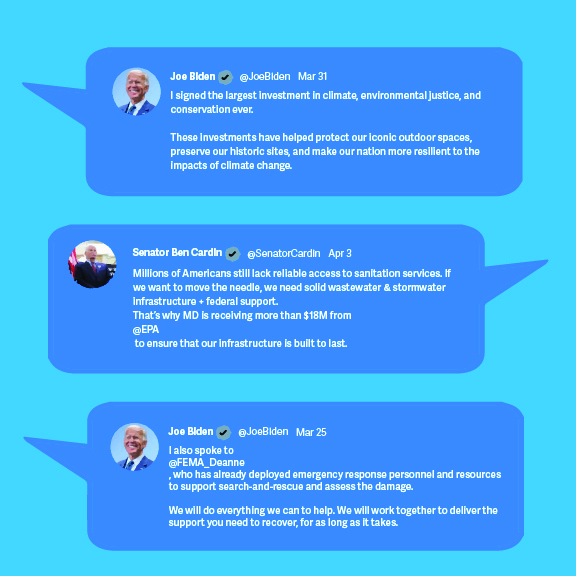A Binghamton University student has created a system that analyzes political tweets, merging her interests into one research project.
Lisa Foreman, a junior double-majoring in political science and Russian studies, began her work through BU’s Source Project — a first-year research project that enables students to research the humanities and the social sciences. The Source Project allowed Foreman to create her own path in her studies, which focuses on tweets from politicians and measures their tone through a computer system.
“I learned Russian throughout high school, so I’ve always been interested in the culture and the language,” Foreman wrote in an email. “Both the Russian department and political science department here are amazing, and I encourage everyone to try a class with them!”
According to Foreman, her interest started with an earlier research project titled “Thinking through Painting.” The project was centered around socialist realist paintings which aestheticized politics during Joesph Stalin’s time of rule. Foreman described herself as “incredibly passionate” about continuing to study this field. This past summer, the Summer Scholars and Artists Program allowed Foreman to begin research on this topic from a more technological perspective. She is currently working on her 80-page honors thesis.
The tweet analyzing system has been primarily centered around politicians’ tweets. According to Foreman, the accounts she mostly focuses on with the analyzing system are @POTUS and accounts belonging to U.S. senators. The sentiment analysis program utilizes Twitter’s application programming interface and an additional couple of tools to analyze the polarity of a tweet. It uses a natural language processing toolkit and determines how positive, negative or neutral a tweet is.
The program can carry out more functions, though the analyzing system is one of the more widely known systems. Foreman encourages anyone with an interest in learning more about the other actions it can perform to do so.
“This isn’t the only thing my program does, so if you’re interested in hearing more about it, I’ll be exhibiting at research days,” Foreman wrote.
Foreman never thought she would find herself working on this project, she said, but has some background knowledge. Midway through her freshman year, she began to teach herself how to code, later enrolling in multiple computer science courses at BU. She is continuing to combine her humanities interests with computer science and has taken courses within the political science department about applying programming languages Python and R to the discipline, she explained.
Analysis is done on general bodies of tweets as well as tweets filtered by keywords relevant to contemporary times like “Ukraine.” Foreman said that if it were not for countries’ current political climates and complicated relationships to one another, her research would be much different.
Due to the Russian-Ukrainian War, there are differences in tweets by social media audiences. For example, the Twitter account of Michael McFaul, a former United States Ambassador to Russia, includes tweets in English and Russian, addressing two separate audiences.
Thomas Silverman, an undeclared freshman, emphasized the importance of Foreman’s work.
“This work is going to teach us things we possibly might have never taught about before,” Silverman said. “Just because Russia feels like it’s so far away doesn’t mean we won’t be affected, so I think any research is good. It’s also super interesting. I would have never thought about it!”
Foreman explained how her research can help close the gap in countermeasures used by the United States as a response to Russian tactics.
“While there is a good amount of understanding of Russian disinformation, there is a gap in research regarding the countermeasures used by the United States,” Foreman wrote.
As a result of her research, there was a greater percentage of positive sentiment tweets found than neutral or negative ones. Foreman has found that tweets mentioning Ukraine tend to have smaller percentages of positive or neutral sentiment and are mainly negative.
Gabriela Cafaro, an undeclared freshman, expressed interest in the research, and said she was curious to learn more.
“It’s not something I would think of,” Cafaro said. “But if she’s making changes and successfully merging all her interests, I think I’d want to look more into that!”



